We’ve got this beautiful boulder field that we want to get around. More people will come. Maybe 5, maybe 10…maybe more. As we found out from Ty Tyler’s visit, we can’t build trails on National Forest Service land, but we don’t want future climbers to get lost and have to bushwhack, creating more impact and erosion than necessary. So, what do we do?

We establish use patterns, which will eventually become social trails that future visitors will end up following naturally. In Nosos/La Madera, we decided to use cairns to flag these trails and keep other climbers on the “right” paths. We also blocked old paths that we want to prevent people from using by placing branches in the way. Moving rocks to flatten paths.
These paths are indicated in the upcoming New Mexico Bouldering Guidebook, but this is especially important for climbers without a book. We tried to make sure that the “correct” path was also the path of least resistance so that people would instinctively tend to follow them.
The goal is to avoid braided trails (see photo below) and limit erosion. This is a desert hillside, similar to Joe’s Valley, and, similar to Joe’s Valley, if we don’t create sustainable paths, erosion will be a serious issue in the future. We didn’t have to do too much work in this department because William, Owen and other developers had already done a good job of following the same paths. We did tweak some of the approaches to make them travel over rock instead of dirt, and to divert them along more gradual slopes.

Prevention is the key to avoiding future problems in health of a climbing area, kinda like your health. We have enough available information these days that we can learn from issues that have happened in similar locations.

Trail Building Tips:
● Consider the climbing: where people where warm up, what the circuits will be, and how will climbers flow from the warm up to the projects. Feng Shui the shit out of it.
● Designate correct paths and contain impact by using cairns or flagging tape.
● Choose paths from boulders that are less steep to further limit erosion. Switchbacks are key if you’re dealing with a steep hillside. It might take longer to walk there, but it will be sustainable.
Thanks to the RV Project for insights into climbing development. Even you don’t have a chance to start fresh at your favorite crag, but it’s never too late to make improvements and it’s up to all of us to think about how our actions will affect our climbing areas. Find out more about how to volunteer at your local gym.

